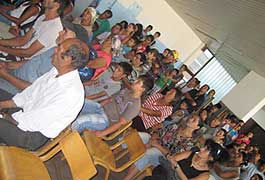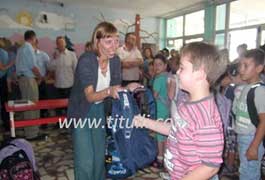- 2024
- June (1)
- 2021
- December (1)
- March (87)
- February (60)
- January (35)
- 2020
- December (109)
- November (111)
- October (109)
- September (114)
- August (22)
- July (129)
- June (116)
- May (93)
- April (106)
- March (114)
- February (53)
- January (31)
- 2019
- December (37)
- November (72)
- October (52)
- September (43)
- August (65)
- July (55)
- June (14)
- May (55)
- April (72)
- March (28)
- February (1)
- January (12)
- 2018
- December (49)
- November (45)
- October (44)
- September (31)
- August (61)
- July (46)
- June (48)
- May (33)
- April (61)
- March (53)
- February (45)
- January (50)
- 2017
- December (46)
- November (56)
- October (60)
- September (20)
- August (56)
- July (61)
- June (58)
- May (28)
- April (44)
- March (57)
- February (54)
- January (42)
- 2016
- December (55)
- November (70)
- October (73)
- September (24)
- August (50)
- July (47)
- June (61)
- May (19)
- April (48)
- March (47)
- February (33)
- January (45)
- 2015
- December (43)
- November (39)
- October (53)
- September (55)
- August (19)
- July (47)
- June (28)
- May (26)
- April (54)
- March (55)
- February (29)
- January (30)
- 2014
- December (26)
- November (48)
- October (44)
- September (30)
- August (28)
- July (30)
- June (23)
- May (53)
- April (30)
- March (25)
- February (31)
- January (16)
- 2013
- December (23)
- November (29)
- October (34)
- September (12)
- August (15)
- July (23)
- June (12)
- May (24)
- April (12)
- March (14)
- February (22)
- January (15)
- 2012
- December (16)
- November (30)
- October (28)
- September (4)
- August (14)
- July (15)
- June (3)
- May (5)
- April (7)
- March (14)
- February (8)
- January (9)
- 2011
- December (8)
- November (17)
- October (17)
- September (16)
- August (11)
- July (14)
- June (8)
- May (16)
- April (12)
- March (20)
- February (11)
- January (7)
- 2010
- December (3)
- November (8)
- October (18)
- September (19)
- August (12)
- July (16)
- June (21)
- May (15)
- April (12)
- March (15)
- February (22)
- January (11)
- 2009
- December (13)
- November (16)
- October (10)
- September (12)
- August (5)
- July (15)
- June (15)
- May (9)
- April (15)
- March (6)
- February (14)
- January (6)
- 2008
- December (9)
- November (5)
- October (2)
- September (2)
- August (1)
- July (1)
- June (1)
- April (4)
- February (1)
- January (3)
- 2007
- December (1)
- November (2)
- October (6)
FIRE IN BUJANOVAC
Source: Official Gazette - Nis / Bujanovac - A fire broke out near the village of Breznica, which is situated above Bujanovac. The fire started in rough terrain, where there is some unexploded ordnance, so that it impossible to extinguish it. There are only two fire crews monitoring it, said Vedran Taskovic, Fire Department Battalion Commander for the Pcinj district.

TEXTBOOKS FOR CHILDREN FROM DISADVANTAGED FAMILIES
At the open competition for civic associations’ projects, the Coordination Body approved to the NGO Youth Forum for Education of Roma (OFER) from Bujanovac the funds amounting to 510,000.00 dinars for the "Free Books for Children from Vulnerable and Socially Disadvantaged Groups”.

SCHOOL SUPPLIES FOR FIRST-GRADE STUDENTS IN PRESEVO, BUJANOVAC AND MEDVEDJA
The Coordination Body of the Government of the Republic of Serbia for the Municipalities of Presevo, Bujanovac and Medvedja this year, too, provided school backpacks and supplies to first-grade students from the three municipalities. Pupils of the “9th.of May” primary school in the village of Reljan, which is situated in the municipality of Presevo, as well as those of "Branko Radicevic" and "Muharem Kadriu" elementary schools in the municipality of Bujanovac, were presented the school supplies and backpacks by Danijela Nenadic, Director of the Coordination Body, as well as by Ragmi Mustafa, President of the Municipality of Presevo, and Arber Pajaziti, Chief of Staff of the Bujanovac Municipality.
The Beginning of the School Year in South Serbia
Source: Danas daily - Vranje, Bujanovac, Presevo – In comparison with the previous school year, a total of 2,532 first-grade students started attending primary schools yesterday in in seven municipalities of the in the Pcinj district, which shows that there are 440 fewer students this school year. The Department of the Ministry of Education in Vranje said that 256 primary and secondary school teachers, whose total number of classes ranged from five to 95 percent, were surplus teaches, and that "the process of taking care of them" was underway.